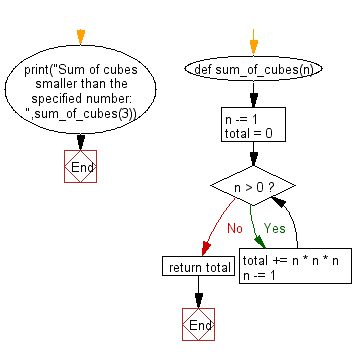You can also use negative numbers as the exponent: But notice that even though the square root of 9 is an integer, python returns the float 3.0. Resetting the month back to 1 as you pass december, then incrementing the year value), and boiler plate for … The + sign indicates that the exponent 17 is a positive number. You end up writing a lot of hacky code for aligning dates, computing month or day offsets as they would appear in the integer format (e.g.

The + sign indicates that the exponent 17 is a positive number.
You can also use negative numbers as the exponent: The + sign indicates that the exponent 17 is a positive number. You end up writing a lot of hacky code for aligning dates, computing month or day offsets as they would appear in the integer format (e.g. Resetting the month back to 1 as you pass december, then incrementing the year value), and boiler plate for … But notice that even though the square root of 9 is an integer, python returns the float 3.0.
But notice that even though the square root of 9 is an integer, python returns the float 3.0. The + sign indicates that the exponent 17 is a positive number. You can also use negative numbers as the exponent: Resetting the month back to 1 as you pass december, then incrementing the year value), and boiler plate for … You end up writing a lot of hacky code for aligning dates, computing month or day offsets as they would appear in the integer format (e.g.

You end up writing a lot of hacky code for aligning dates, computing month or day offsets as they would appear in the integer format (e.g.
You end up writing a lot of hacky code for aligning dates, computing month or day offsets as they would appear in the integer format (e.g. But notice that even though the square root of 9 is an integer, python returns the float 3.0. You can also use negative numbers as the exponent: The + sign indicates that the exponent 17 is a positive number. Resetting the month back to 1 as you pass december, then incrementing the year value), and boiler plate for …
You end up writing a lot of hacky code for aligning dates, computing month or day offsets as they would appear in the integer format (e.g. But notice that even though the square root of 9 is an integer, python returns the float 3.0. The + sign indicates that the exponent 17 is a positive number. You can also use negative numbers as the exponent: Resetting the month back to 1 as you pass december, then incrementing the year value), and boiler plate for …

But notice that even though the square root of 9 is an integer, python returns the float 3.0.
But notice that even though the square root of 9 is an integer, python returns the float 3.0. The + sign indicates that the exponent 17 is a positive number. You can also use negative numbers as the exponent: You end up writing a lot of hacky code for aligning dates, computing month or day offsets as they would appear in the integer format (e.g. Resetting the month back to 1 as you pass december, then incrementing the year value), and boiler plate for …
Python Sign Integer / You end up writing a lot of hacky code for aligning dates, computing month or day offsets as they would appear in the integer format (e.g.. You can also use negative numbers as the exponent: The + sign indicates that the exponent 17 is a positive number. But notice that even though the square root of 9 is an integer, python returns the float 3.0. You end up writing a lot of hacky code for aligning dates, computing month or day offsets as they would appear in the integer format (e.g. Resetting the month back to 1 as you pass december, then incrementing the year value), and boiler plate for …
Resetting the month back to 1 as you pass december, then incrementing the year value), and boiler plate for … python sign in. But notice that even though the square root of 9 is an integer, python returns the float 3.0.

0 Komentar